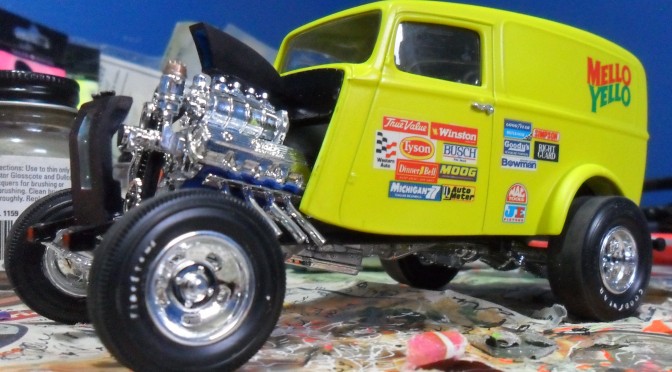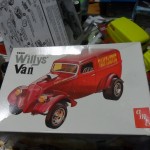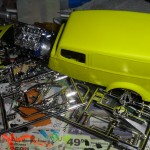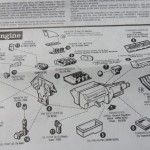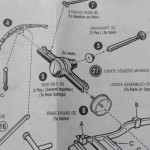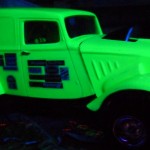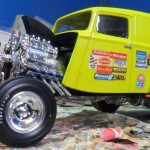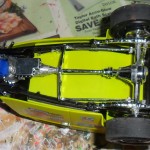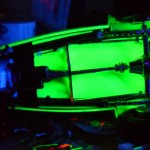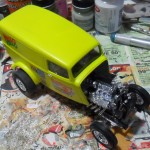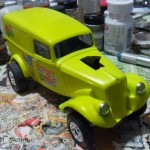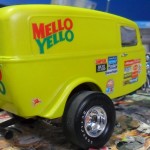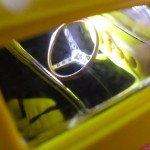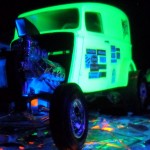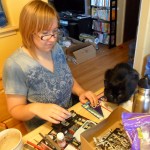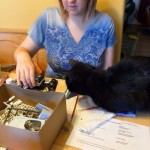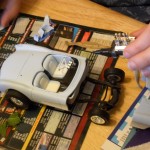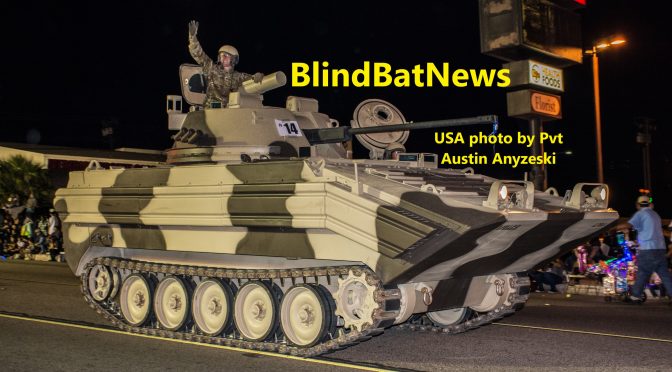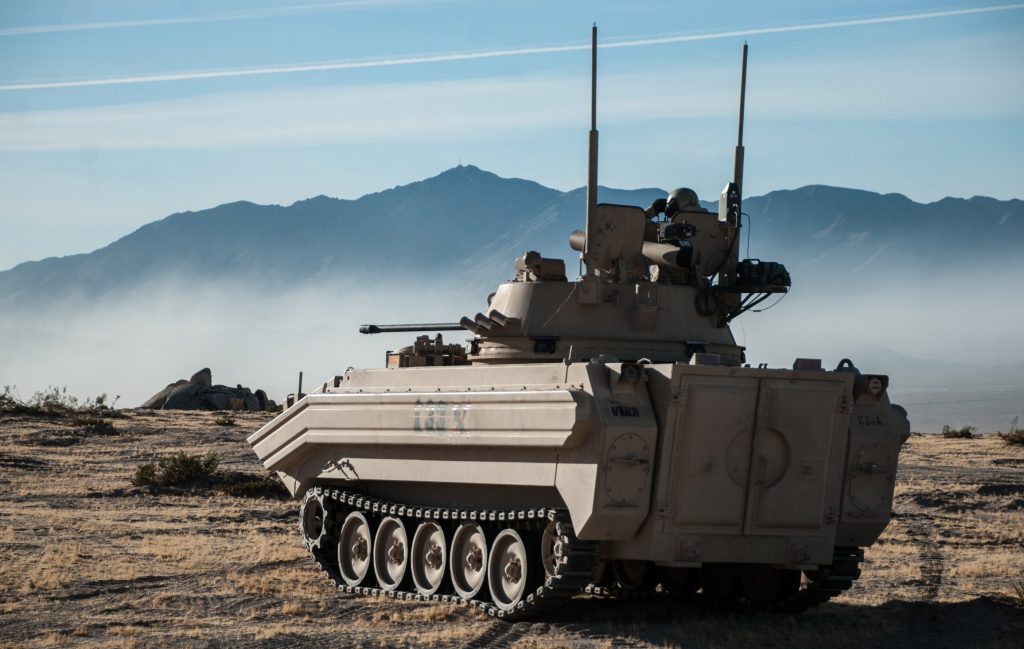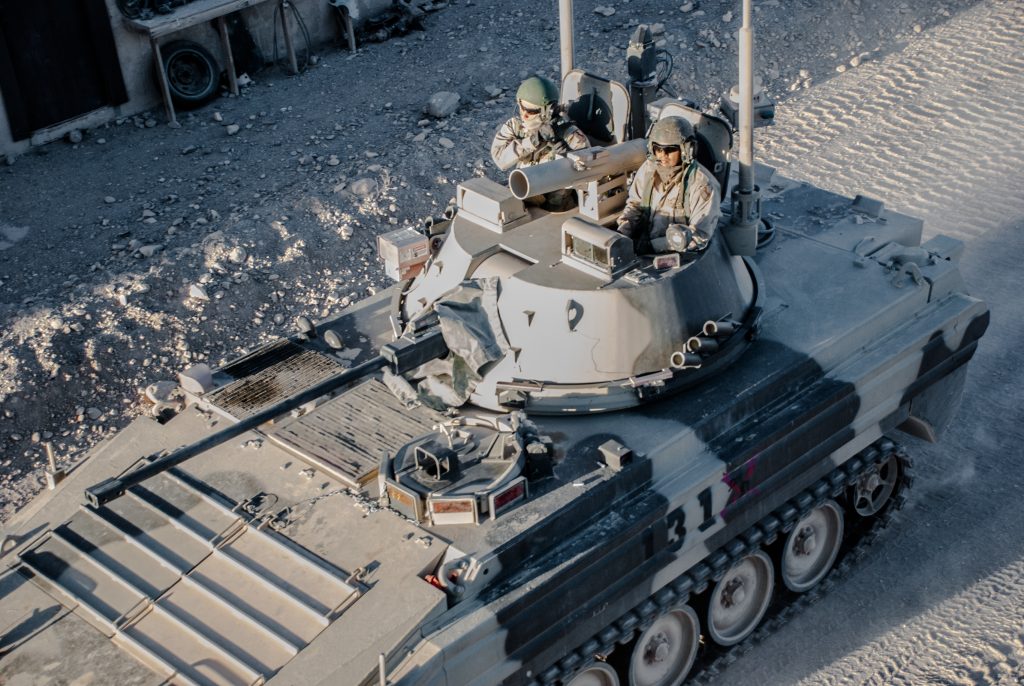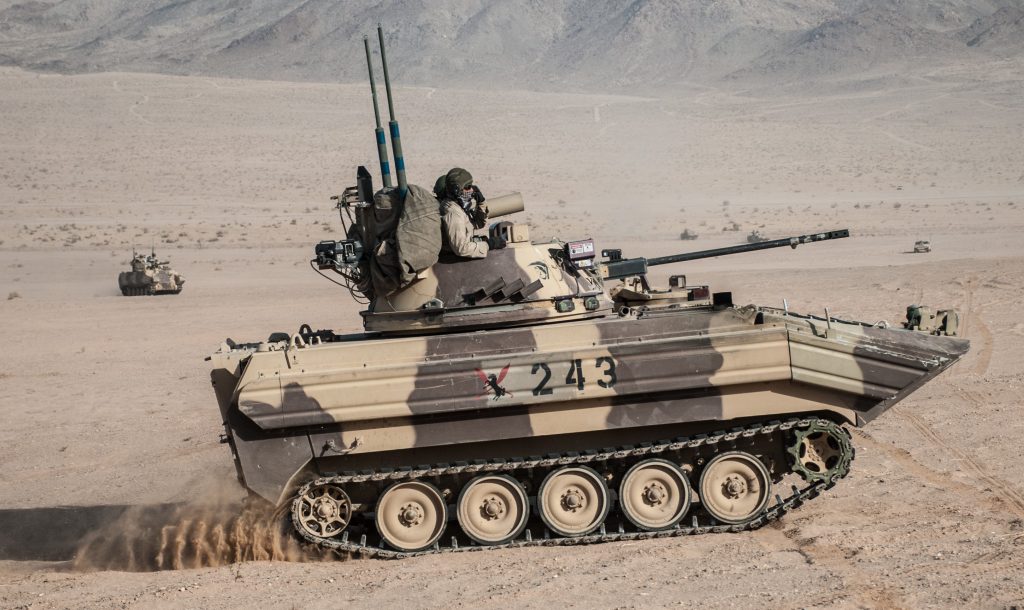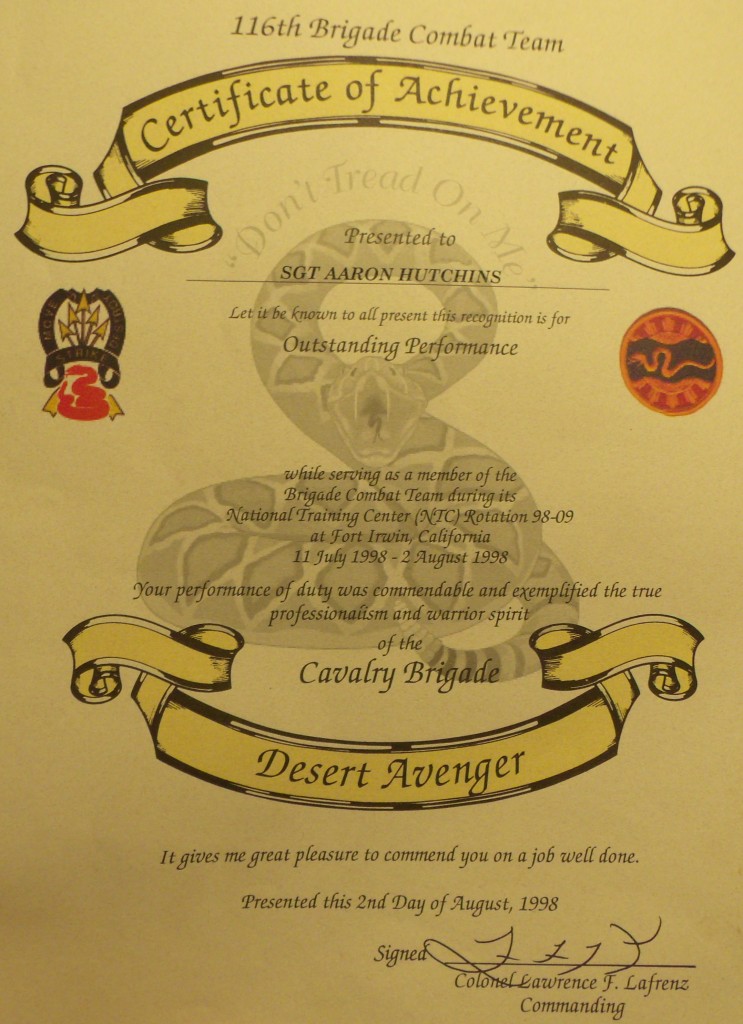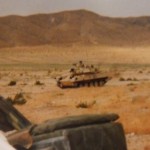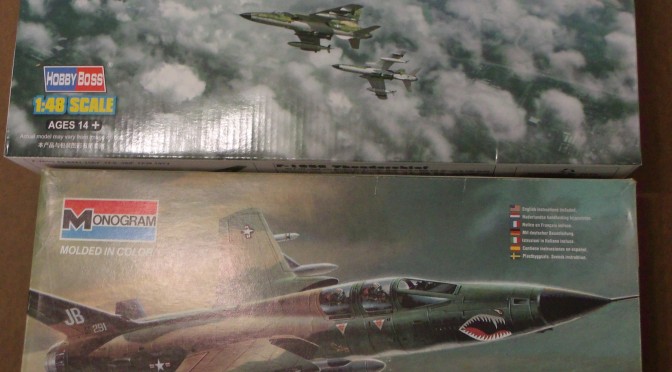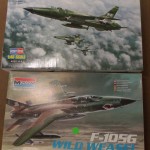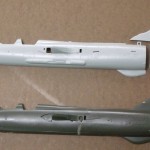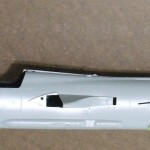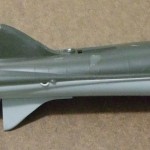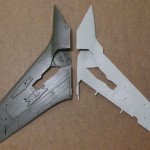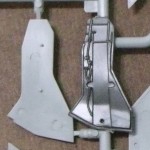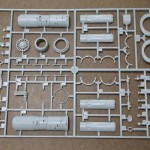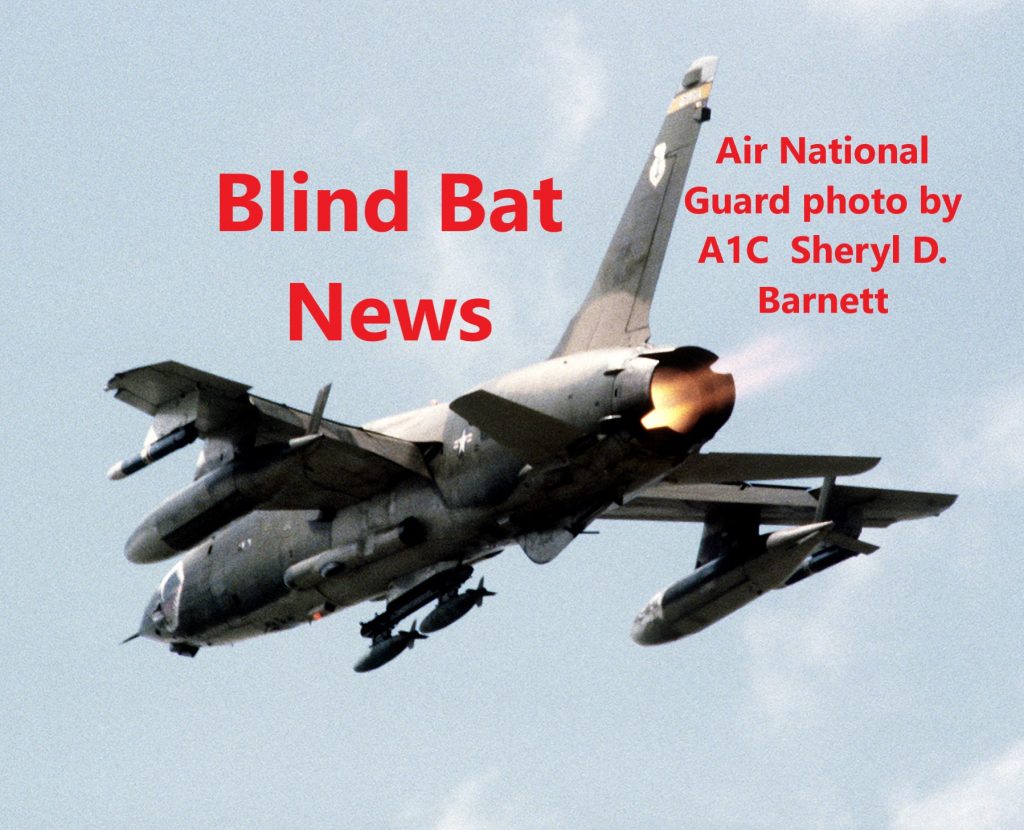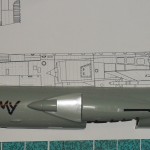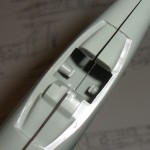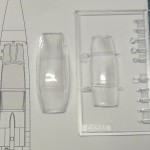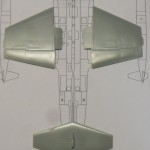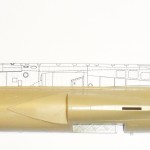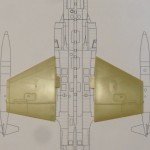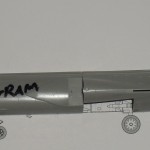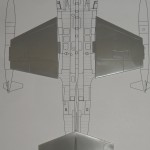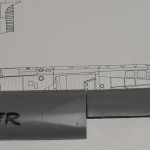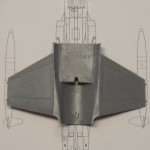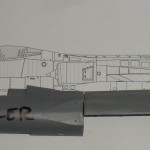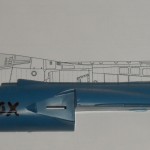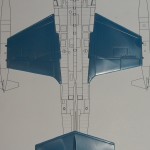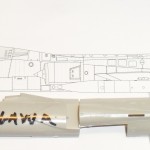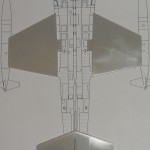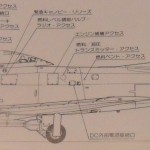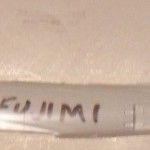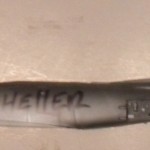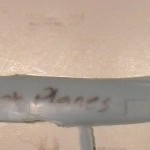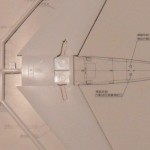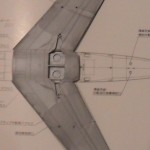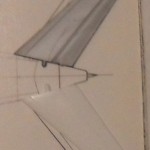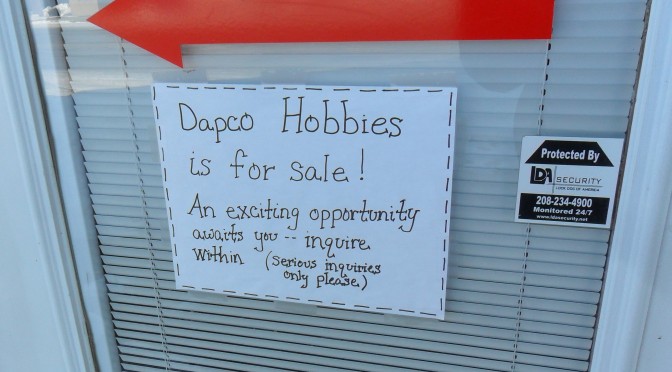Incomplete list of hobby shop shutdowns.
California: After 67 years a hobby shop I loved to check out whenever I was forced to visit my child hating Oma, Dave’s Hobby Central, in Santa Barbara closed down: “It is with deep regret and a heavy heart that I must to tell you that today we have closed the doors for good! After a long and fruitless year I have no choice but to fold up the doors.”-store statement on Facebook
Hawaii: Toys N’ Joys shut down after 30 years in business.
Idaho:
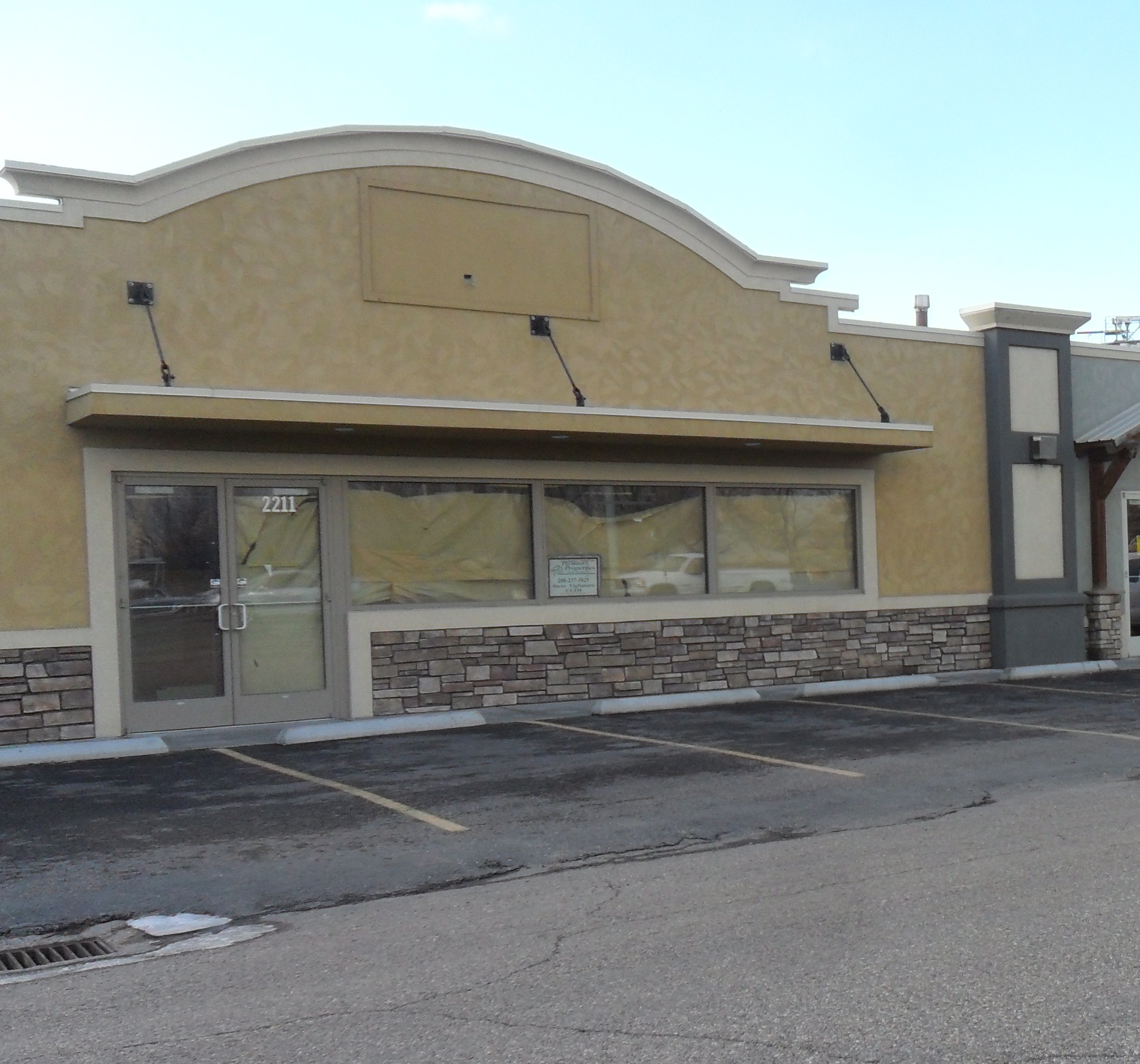
The original 1990s Dapco Hobbies location in Pocatello, on Garret Way, vacant for several years since Dapco moved to Chubbuck in the early 2000s.
In Chubbuck, at the end of 2014, and after 23 years the iconic local Dapco Hobbies went up for sale. Employees said the current owner was selling everything off and wants out of the hobby business. But at the beginning of 2015 Dapco Hobbies relocated to a much, much smaller place in Pocatello (across the street from Bamboo Garden Chinese buffet), apparently to pleas from customers (and the employees) that it not shutdown. Dapco Hobbies was originally located on Garrett Way in Pocatello (according to the Better Business Bureau, that was beginning in 1991). After Corey & Melia took over, Dapco relocated to Chubbuck around 2007-08. For a very brief time Dapco Hobbies had a shop in Ammon, then Idaho Falls (apparently they left about the same time the ‘big box’ Hobby Town left Idaho Falls), and they even had an internet website. Dapco Hobbies started out focused on trains, then shifted to RC when that got big. I went there for the plastic model kits (and I still do, unfortunately they got hit by RC burglars right after they moved into their current Pocatello location off Yellowstone Avenue).
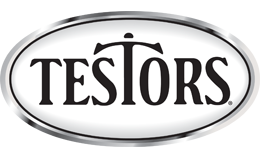
Illinois: Plastic model kit company Testors laid off 107 employees at its Rockford plant! Testors has operated out of Rockford since 1929, they also make paint and other model building supplies. Company officials say the bad economy is forcing them to eliminate some of their model supply brands. This means closing their 84 years old Blackhawk Park Avenue building, and moving operations into a smaller building.
Kentucky: In Louisville, model train store L&N Trains and Things shut down after 32 years. The owner blames health problems (just in time for Obama Care).
New York: In Fairpoint, after 30 years Toy Soldier shutdown. In Farmingdale, Model Power, a major internet model railroad retailer, is being killed off by Too Big to Jail banks: “After nearly 50 years serving the hobby industry, our 3rd generation family business will be closing effective immediately to the public. We will be reaching out to our clients over the next few weeks to settle any demand needs that they may have.
In 2007, our banks began an aggressive deleveraging process. They no longer approved of a profitable and paying client such as ours, which had been reliant on inventory. This is why one of the industry’s most extensive lines, had begun to see much of its products unavailable on the market. Now it will no longer be seen at all.
During these past 7 years, we had made changes to the business in order to accommodate and adjust to the changing nature of the business relationship with our lenders. We had offered multiple solutions to our lenders in order to ‘fix’ our situation, all were rejected, came with different restrictions, or offered too little too late. In all our efforts, no arrangements by our lenders would allow for Model Power to arrive at a position in which we could get back to fill our customer needs.
We would like to take the time to thank all of those whom we have worked with the past 50 years. To our customers and competitors within the industry, we thank you.
Sincerely,
The Model Power Family”
I’ve been reporting on the deleveraging conspiracy by the Too Big to Jail banks, read the articles and weep: De-leveraging will continue until the economy improves, and that means you!, it’s called Deleveraging and it’s a sign we’re in a “Terminal Downturn”!, 4,000 people stranded when….airline is suddenly deleveraged, All part of the IMF’s orders to deleverage!, IMF pushes for U.S. consolidation, code for even more drastic deleveraging!
Ohio: In Lakewood, after 67 years Wings Hobby Shop shutdown. The owner blames lazy young people: “We peaked out, volume-wise, in 1995. Little by little it started to go away, because we weren’t getting any young people……Society has evolved into a mode of instant gratification…….They want to have a collection to look at, but they don’t want to build anything. “-Al Cicerchi
Wisconsin: In Wausau a 50 years old hobby store shutdown. The owner of Pope’s Hobbyland said it was time he retired. After 50 years iconic Greenfield News and Hobby store shutdown. The store was up for sale, with no luck. “A lot of kids aren’t picking up these hobbies either because they’re being priced out … or because they’d rather go to online or home video games, and it’s hard to counteract that.”-Jeff Reich, editor of Model Retailer, Kalmbach Publishing
Obama regime using 2011 financing order to shut down successful ebay model kit sellers!
If you like building model planes, then you are a terrorist!
Styrofoam containers, boards or sheets, we model builders have been recycling them into diorama bases for years.
Hot Wheels, Matchbox & other toy cars are the new way to protest your corrupt local government!
Iran to display life size model of U.S. Stealth Drone, sends Obama a smaller hot pink version
Kit Bashing & Education Reform: Idaho Students Building Model Kits

